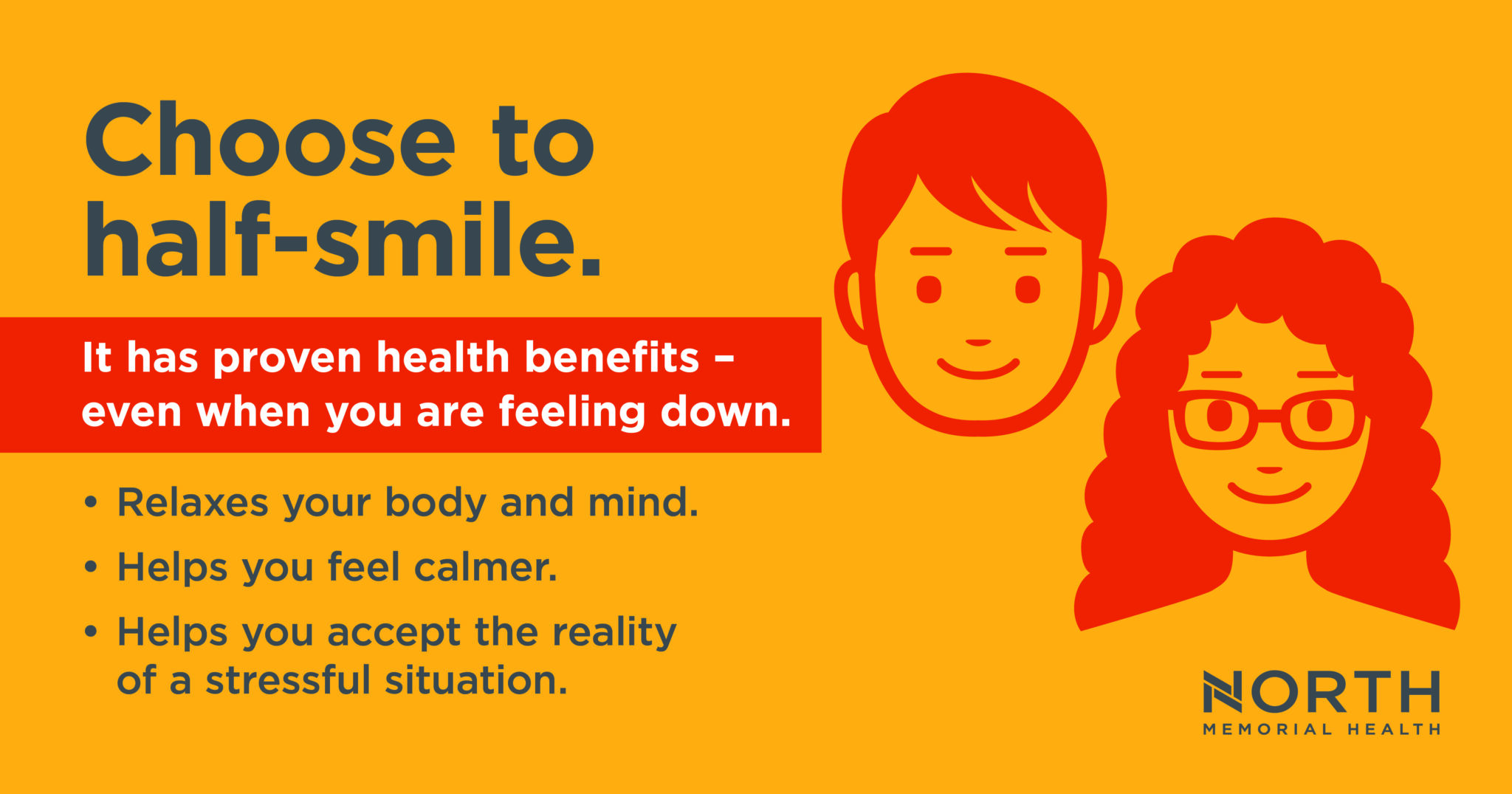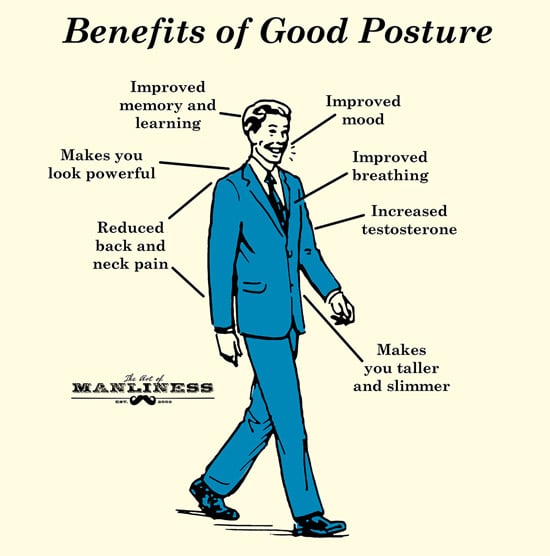Half Smile Body Language
Have you ever wondered what a half smile means in body language? Well, you’re in the right place! In this article, we’ll explore the fascinating world of nonverbal communication and uncover the hidden messages behind a half smile.
Body language is a powerful form of expression that can convey a variety of emotions and intentions without saying a word. And the half smile is no exception! It’s a unique facial expression that can signal different meanings depending on the context.
So, whether you’re curious about decoding someone’s hidden emotions or looking to enhance your own communication skills, join us as we dive into the intriguing world of the half smile and uncover its meaning in body language. Get ready to discover the secrets behind this enigmatic gesture!

The Meaning of Half Smile in Body Language
If you’ve ever encountered someone flashing a half smile, you may have found yourself questioning its meaning. Is it a sign of amusement? Is it a sign of deception? Body language can often be a confusing aspect of communication, but the half smile carries its own unique significance. In this article, we will delve into the meaning of the half smile in body language, exploring its various interpretations and shedding light on its potential implications.
Understanding the Subtle Nuances
The half smile, also known as the “smirk,” is a facial expression that is characterized by the lifting of one corner of the mouth while the other corner remains relatively neutral. This subtle gesture can indicate a range of emotions and intentions, making it a rich area of study for body language analysts.
One interpretation of the half smile is that it represents a sense of mystery or confidence. It can imply that the individual knows something that others do not and is subtly hinting at their elevated knowledge. This can be seen as an attempt to assert dominance or display a level of superiority. Conversely, the half smile can also be associated with nonchalance or a casual attitude. It may convey a lack of concern or interest, as if the individual is holding a secret that they find amusing but are not particularly invested in sharing.
Additionally, the half smile can have romantic connotations. It is often seen as a flirtatious gesture, suggesting interest or attraction. In this context, the individual may be using the half smile to encourage reciprocity or to gauge the response of the other person. It is a subtle way of expressing affection without being too overt or risking rejection.
The Contextual Significance
While the half smile can convey a range of emotions, its meaning is heavily influenced by the context in which it is observed. One must consider the accompanying body language, verbal cues, and the relationship between the individuals involved. For example, if the half smile is observed during a conflict or disagreement, it may be indicative of sarcasm or derision. On the other hand, if it is observed between friends in a light-hearted conversation, it may simply be a sign of shared amusement or an inside joke.
Another contextual consideration is cultural differences. Some cultures may place different emphasis on the half smile, attributing certain meanings that may not resonate with other cultures. Therefore, it is essential to consider the broader cultural context when interpreting this expression of body language.
Moreover, it is crucial to recognize that the meaning of the half smile can vary depending on the individual. People have different personalities, communication styles, and emotional dispositions, which can influence the way they utilize this specific expression. Therefore, it is essential to take the individual into account when interpreting the half smile in body language.
The Psychology of the Half Smile
At its core, the half smile in body language is a manifestation of the complexity of human emotions and the subtleties of nonverbal communication. The psychological underpinnings of the half smile can shed light on why it is such a captivating gesture.
1. The Power of Mystery and Intrigue
One reason why the half smile holds intrigue is that it taps into our innate curiosity. It presents a puzzle that we want to solve—what is the person hiding, or what do they know? It sparks our interest and keeps us engaged in the interaction, seeking to uncover the hidden meaning behind the enigmatic facial expression.
The Benefits of a Half Smile
– Establishes an air of mystery and intrigue
– Evokes curiosity and engagement in others
– Can convey confidence and a sense of superiority
– Can be viewed as flirtatious and playful
– Allows for subtle expression of emotions and intentions
– Adds depth and nuance to nonverbal communication
Smile versus Half Smile: A Comparison
| Smile | Half Smile |
|---|---|
| Expresses genuine happiness or positivity | Can indicate withholding of information or a hidden agenda |
| Signals openness and friendliness | May signify a nonchalant or casual attitude |
| Can enhance social connections and rapport | Can suggest a sense of mystery or intrigue |
Key Takeaways: Half Smile Meaning in Body Language
- A half smile is a facial expression that combines a slight upward curve of the lips with relaxed facial muscles.
- It is often associated with being friendly, approachable, and inviting.
- A half smile can indicate understanding or agreement while still maintaining a level of reserve.
- This body language gesture can be used to put others at ease or to bridge a communication gap.
- Observing someone’s half smile can help you interpret their emotions and intentions in a given situation.
Frequently Asked Questions
When it comes to body language, a half smile can convey a range of meanings. Here are some common questions about the meaning behind a half smile and its role in body language:
1. Why do people use a half smile in body language?
A half smile is often used as a form of subtle communication. It can indicate amusement, sarcasm, or a hidden agenda. By using a half smile, individuals can convey a message without explicitly stating it. It adds an element of mystery and intrigue to their interactions.
In some cases, a half smile can also be a defense mechanism. People may use it to hide their true emotions or to mask feelings of discomfort or unease. It can serve as a way to maintain a positive facade in challenging situations.
2. Does a half smile always indicate hidden intentions?
Not necessarily. While a half smile can often suggest that someone is hiding something or has ulterior motives, it’s essential to consider the overall context and other cues in the person’s body language. People may also use a half smile to express genuine happiness that they don’t want to fully show, maintaining a sense of privacy or modesty.
It’s important to remember that body language is complex and can vary from person to person. While a half smile can be a hint towards underlying thoughts or intentions, it should be considered alongside other non-verbal cues before making any assumptions.
3. How can I interpret the meaning behind someone’s half smile?
Interpreting someone’s half smile requires paying attention to their overall body language and considering the context of the situation. Take note of their facial expressions, body posture, and other non-verbal cues. If someone’s body language aligns with their half smile, it may indicate that they are genuinely amused or happy.
However, if their overall demeanor seems incongruent with the half smile, there could be hidden intentions or emotions at play. Look for signs of discomfort, avoidance of eye contact, or other contradictory body language that may reveal their true feelings.
4. Can a half smile be misinterpreted?
Yes, a half smile can be misinterpreted, just like any other form of body language. People’s interpretations can be influenced by their own biases, experiences, and cultural backgrounds. What may seem like a genuine half smile to one person might be perceived as insincere by another.
To minimize misinterpretations, it’s important to consider the broader context, establish open communication, and not solely rely on a single cue like a half smile. Asking clarifying questions and being empathetic can help to create a better understanding of someone’s intentions.
5. How can I use a half smile effectively in my own body language?
If you wish to use a half smile in your own body language, it’s crucial to be mindful of your intentions and the impact it may have on others. Use the half smile sparingly and with discretion, particularly in professional settings where misinterpretation could lead to misunderstandings.
A well-placed half smile can help convey a sense of intrigue, humor, or warmth, but it’s important to maintain authenticity and congruence with the rest of your body language. Avoid excessive or forced half smiles, as they can come across as insincere or manipulative.
What Does a Half Smile Mean? – Contempt – Body Language
Summary
When someone gives you a half smile, it can mean different things depending on the situation. It could be a polite gesture, a sign of uncertainty or nervousness, or even an attempt to hide true feelings. Pay attention to the context and other body language cues to understand what someone’s half smile is really saying. Remember, communication goes beyond words, and understanding body language is a key to effective communication and building relationships.
So, next time you see someone giving you a half smile, don’t jump to conclusions. Take a moment to observe their body language and consider the situation. This will help you better understand their true emotions and intentions. Remember, communication is a complex dance, and body language is an important part of that dance.
